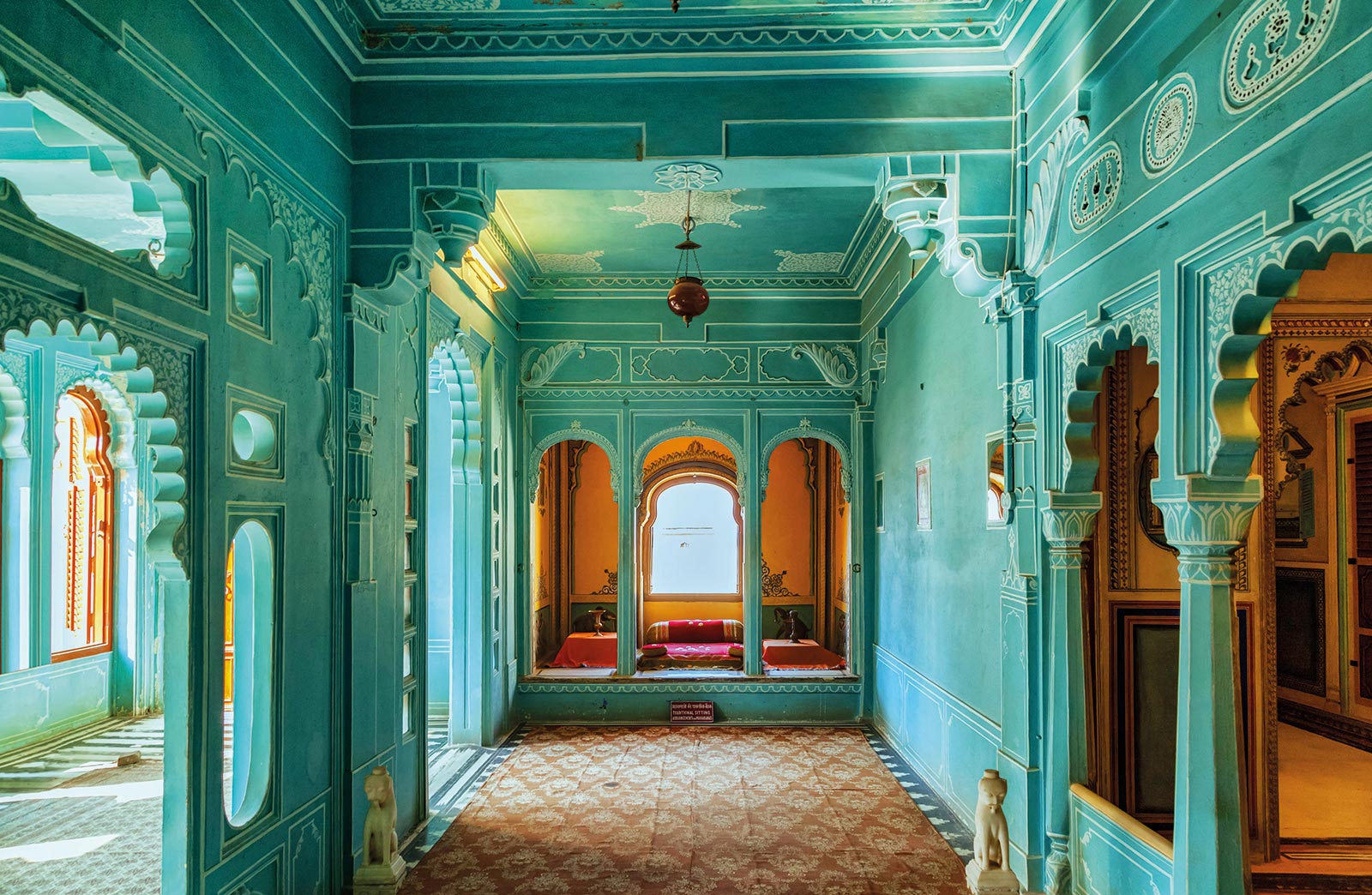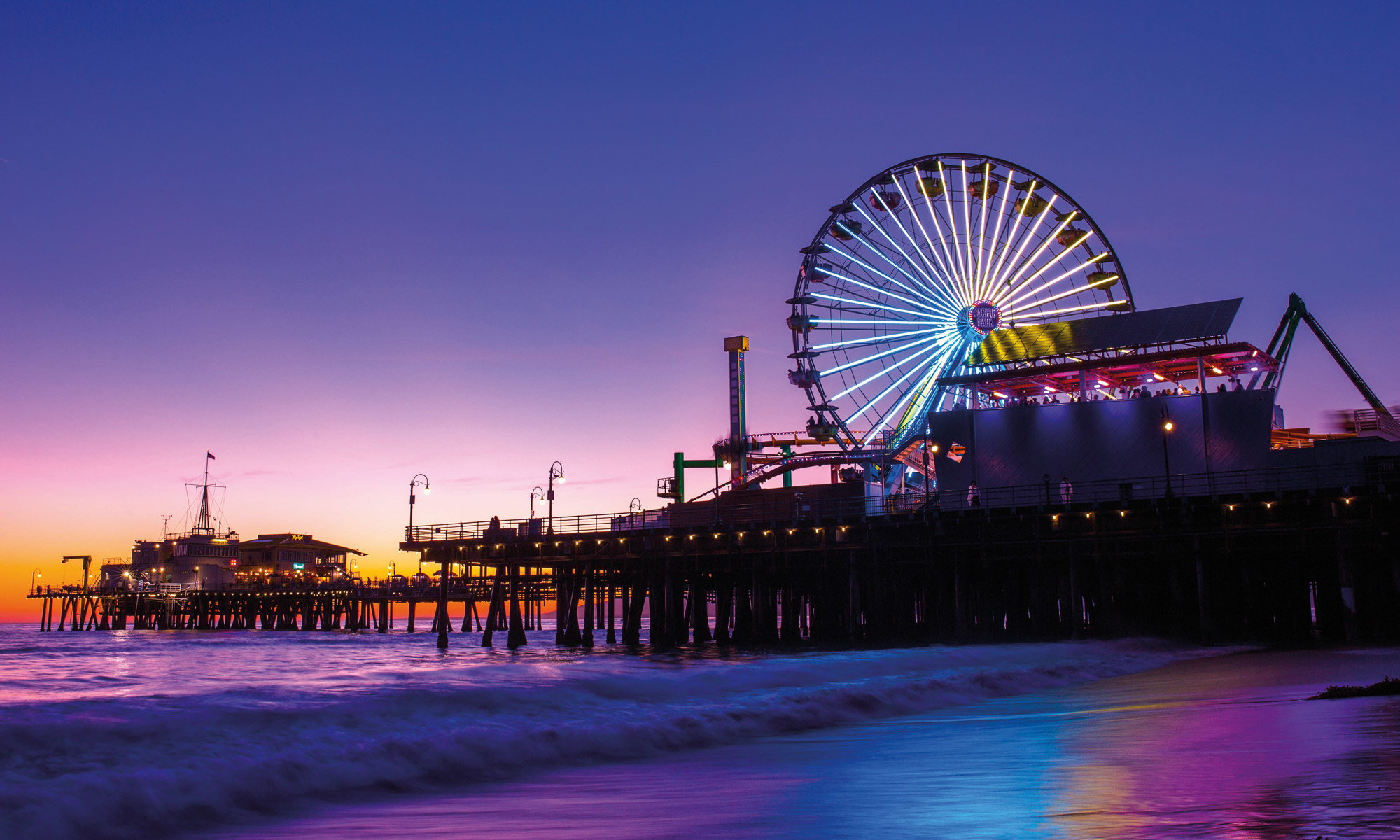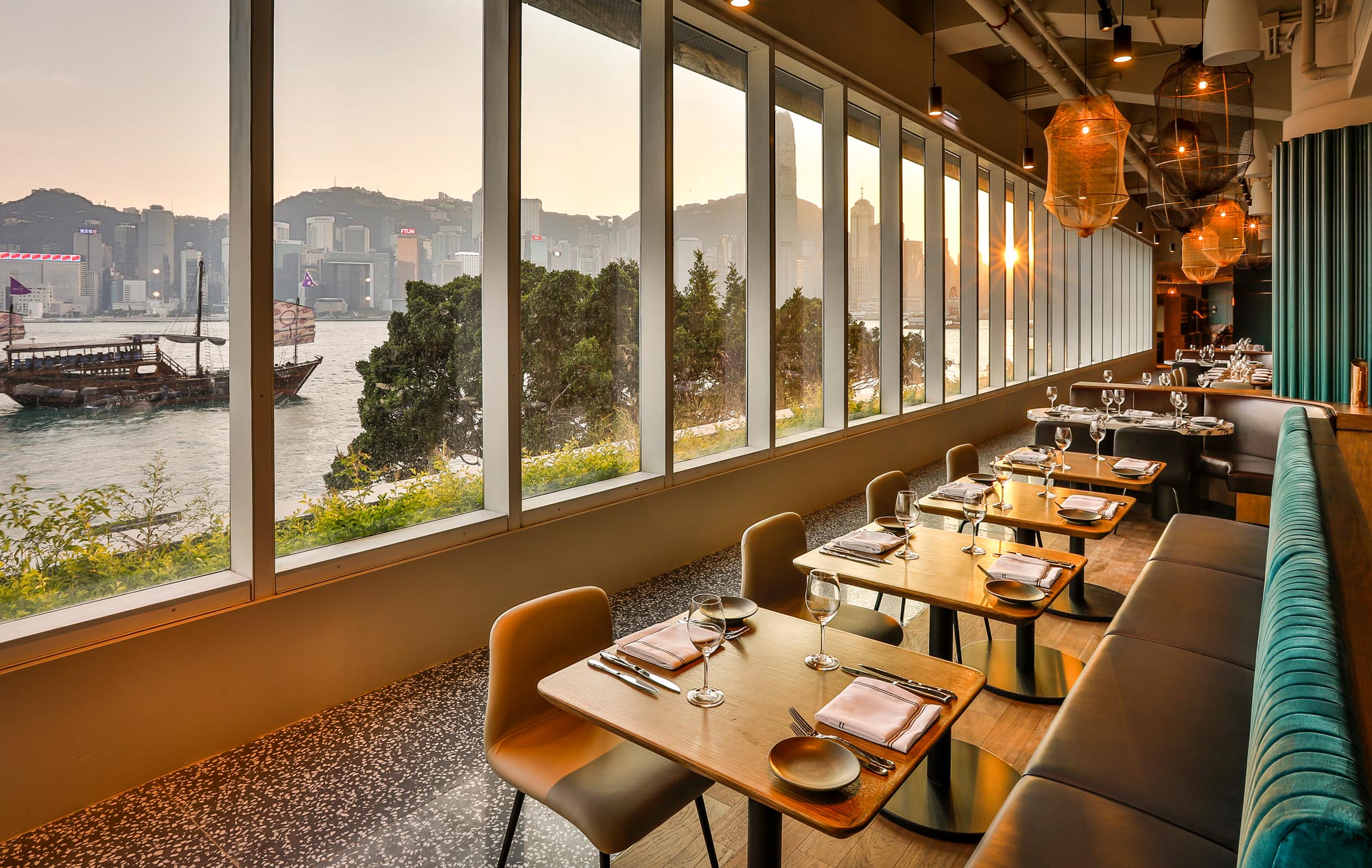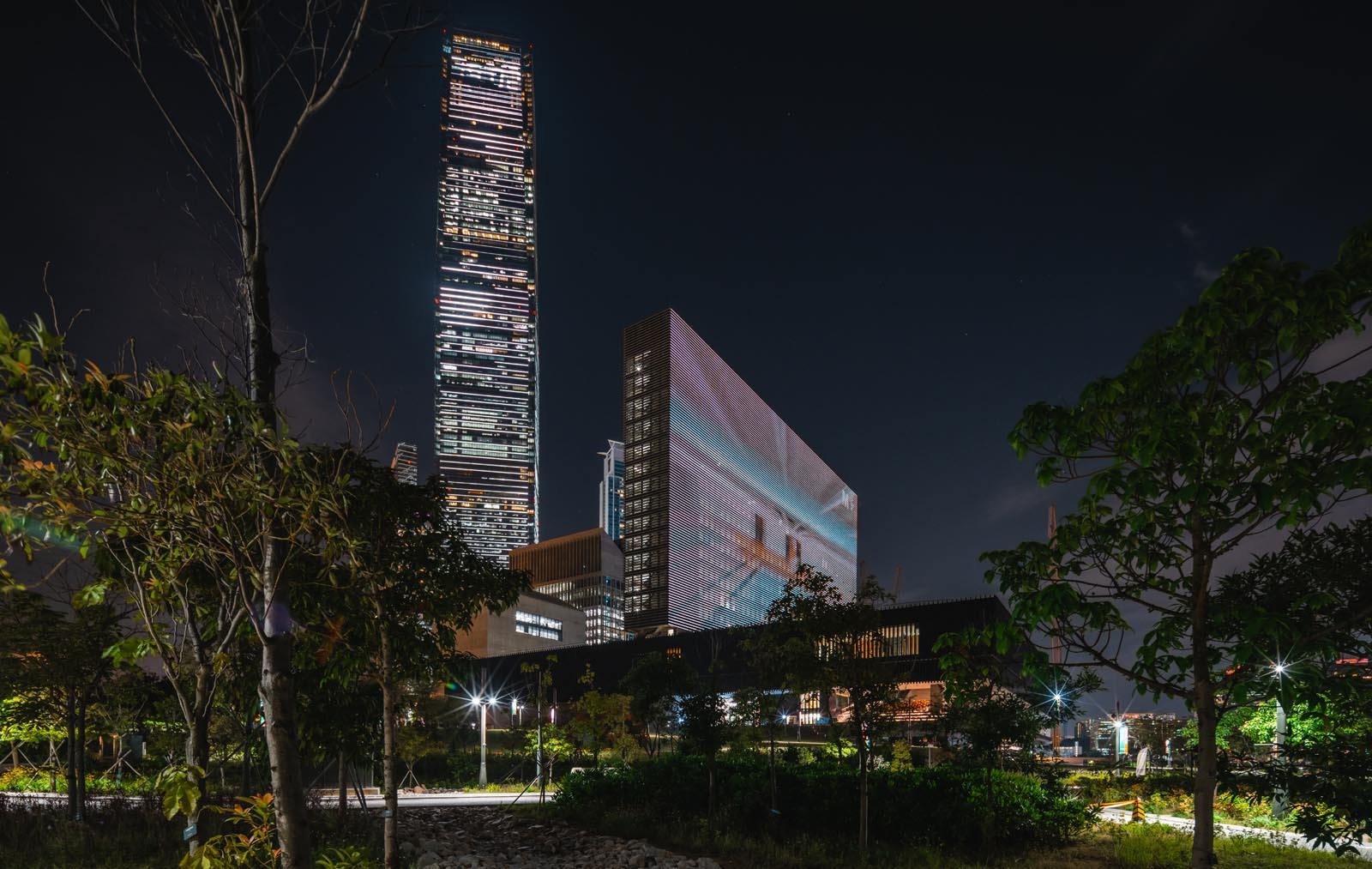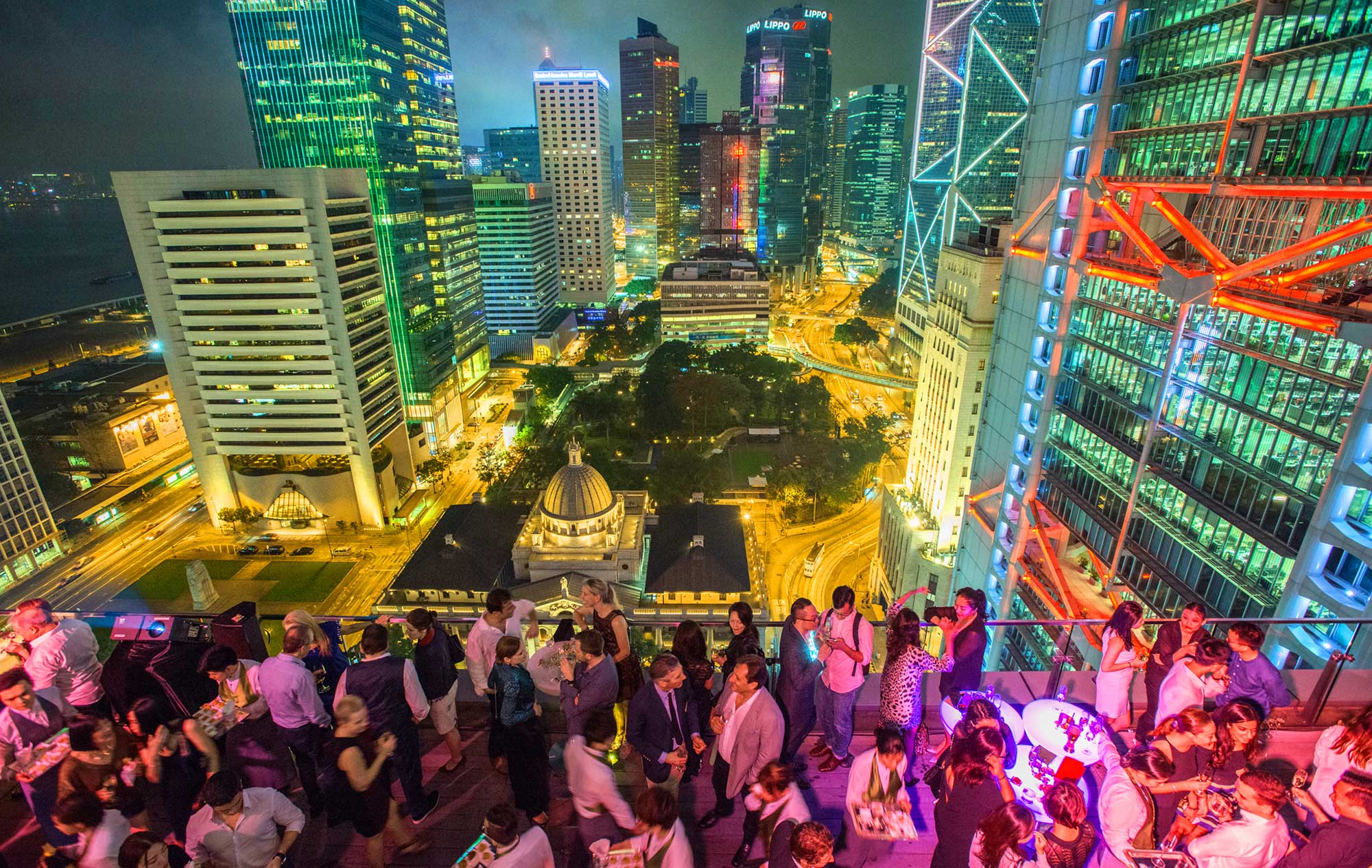The use of colour in a film may be the single most powerful tool in a director’s arsenal. In Sin City, hard shadows and bursts of colour create a modern noir, comic book aesthetic. In Pleasantville, the contrast between black-and-white and colour represents the contrast between traditional and modern values. But films with striking use of colour don’t just convey a mood: they can also inspire us to travel.
Amélie (2001)
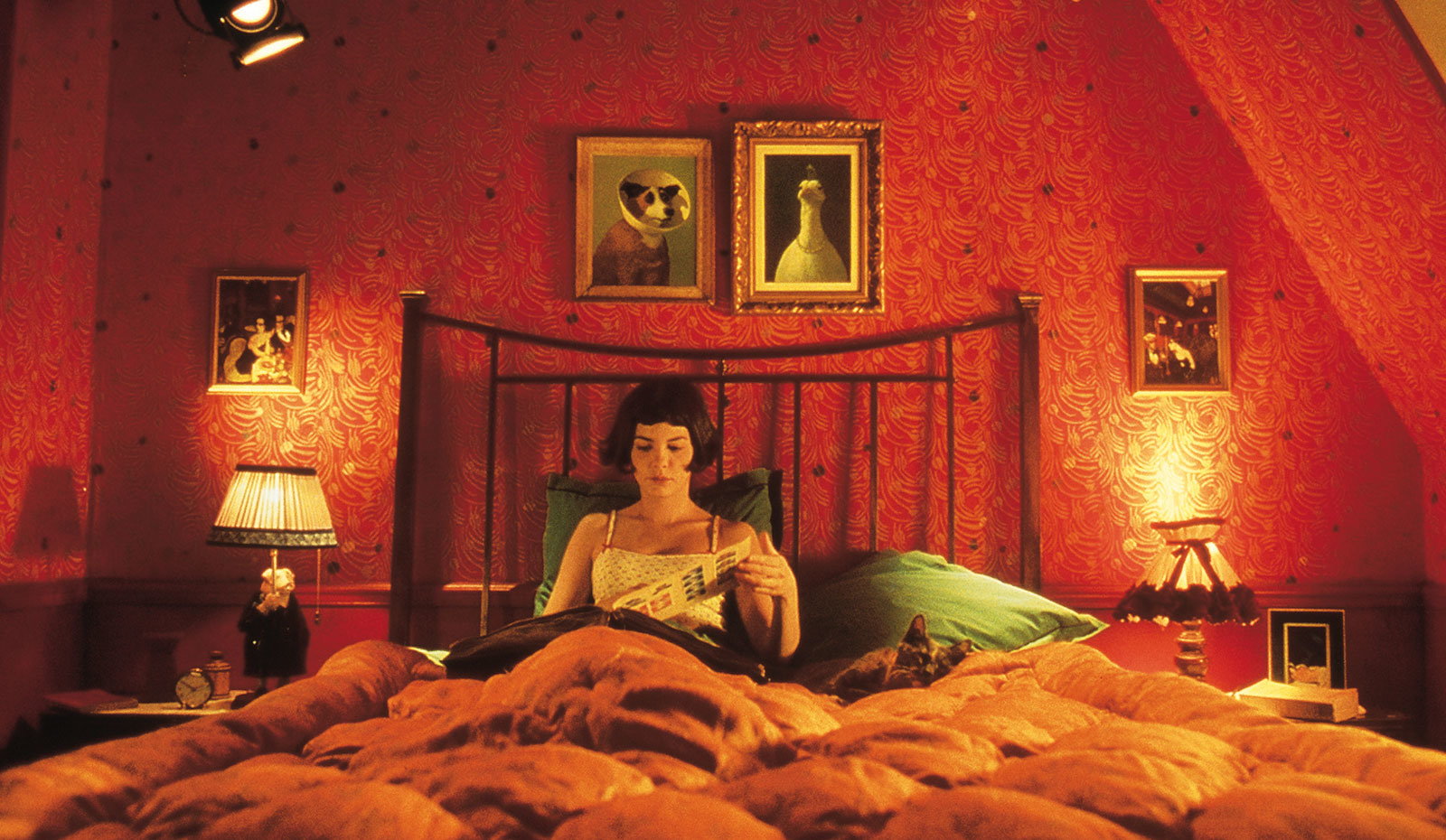
In 2001, two films renewed public interest in the Parisian neighbourhood of Montmartre. While Moulin Rouge was a fantastical pop musical shot entirely on an Australian soundstage, Amélie is a whimsical and unabashedly French love letter to the neighbourhood. Director Jean-Pierre Jeunet and cinematographer Bruno Delbonnel capture Montmartre with a bright yellow palette and beautifully choreographed camera movements that turn audiences into weightless spectators flying through the lives of the film’s eccentric characters.
La La Land (2016)

In one of this Oscar-winning musical’s most impressive sequences, Emma Stone and Ryan Gosling share a dance in the Hollywood Hills, with Los Angeles’ purple-hued magic hour twilight in the background. Director Damien Chazelle could only film the sequence in brief 30-minute windows because he knew that no amount of computer graphics would beat the real thing. From the audacious freeway-set opening musical number to the violet skies above Santa Monica Pier during the City of Stars sequence, the vivid colours of La La Land reinvigorated the City of Angels as a place in which dreams are made.
Hero (2002)
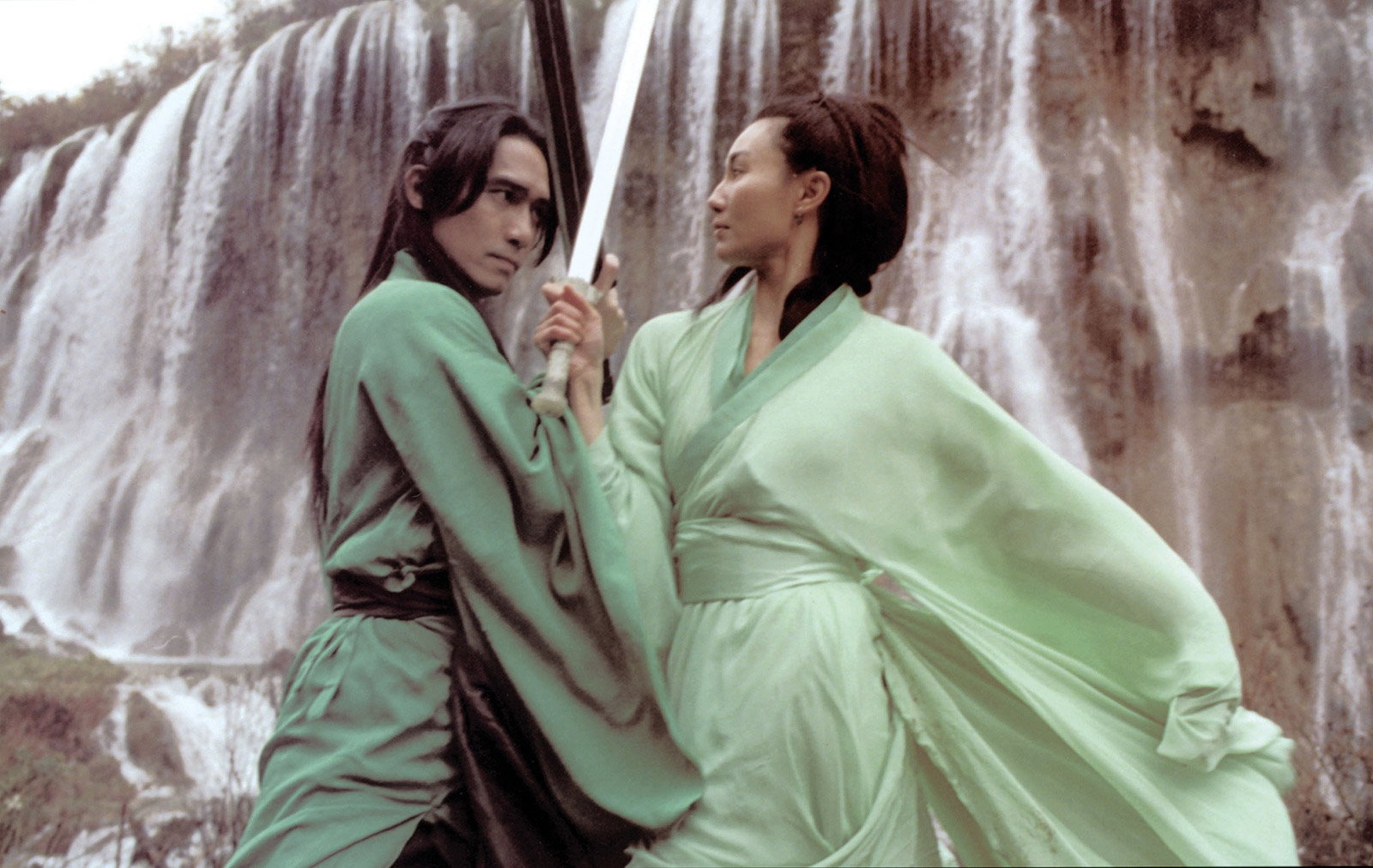
This modern Chinese classic tells the story of a political assassination through multiple points of view. To visually convey the film’s Rashomon-esque structure, director Zhang Yimou painted each perspective in a different hue. Not only did he achieve this through grandiose set designs and perfectly coordinated costumes, he also chose gorgeous locations that fit his palettes. The fight between Maggie Cheung and Zhang Ziyi’s red-clad characters was filmed amid golden autumnal leaves at Ejin Banner in Inner Mongolia, while the blue-washed lake fight between Jet Li and Tony Leung’s characters was filmed at Jiuzhai Valley National Park.
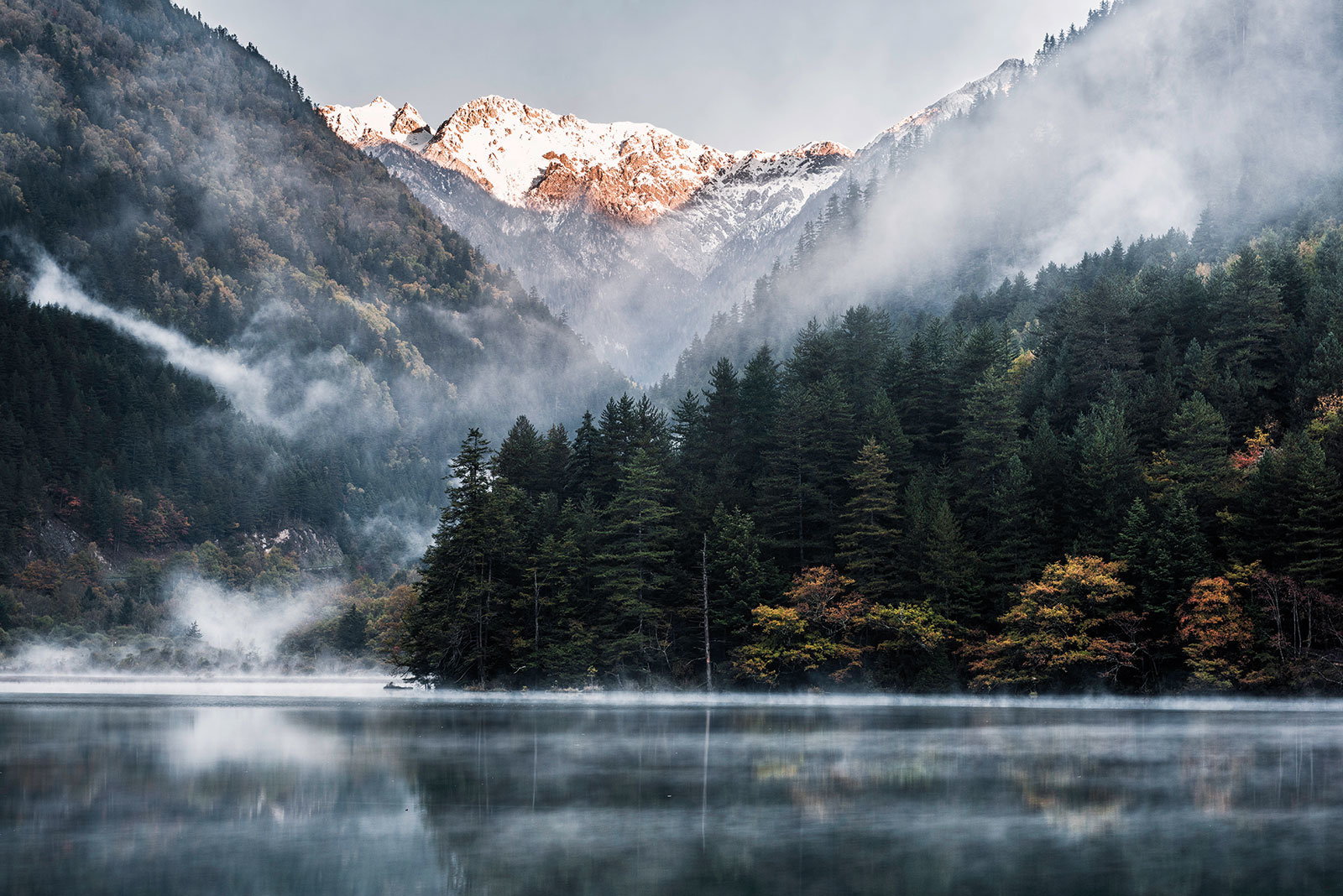
The Films of Pedro Almodóvar

Pedro Almodóvar began his career in Madrid just as its cultural scene was flourishing in the 1970s. Since then, many of his films – often draped in bright, passionate red – have been filmed in the Spanish capital. In 2018, Sacha Azcona wrote El Madrid de Almodóvar, a guide to the director’s locations, including the Conde Duque Cultural Centre from Law of Desire (1987) and the century-old Tablao Villa Rosa flamenco bar from High Heels (1991). Though mostly set in Barcelona, a pivotal scene in All About My Mother (1999) was filmed in front of the Circulo de Bellas Artes in Madrid.

The Darjeeling Limited (2007)
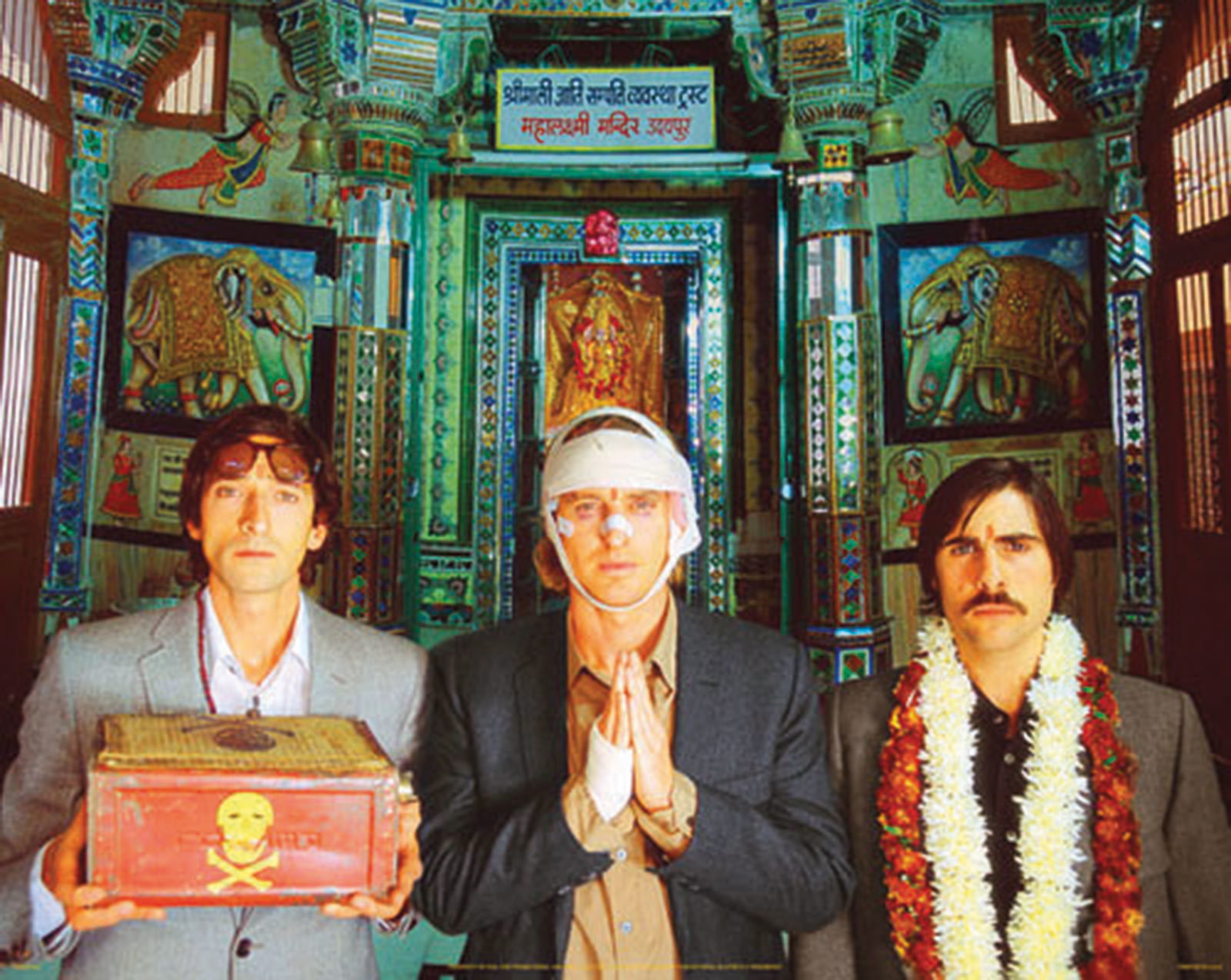
Filmed almost entirely in India, Wes Anderson’s sibling rivalry comedy is a picturesque road trip across the country. While Anderson’s films tend to use vivid colours (see the use of red in The Royal Tenenbaums), the colours of the Hindu temples and sun-soaked land in The Darjeeling Limited, mostly filmed in Jodhpur and Udaipur, burst through the screen.
